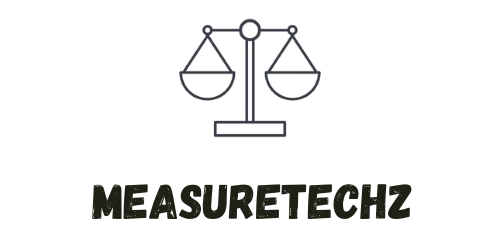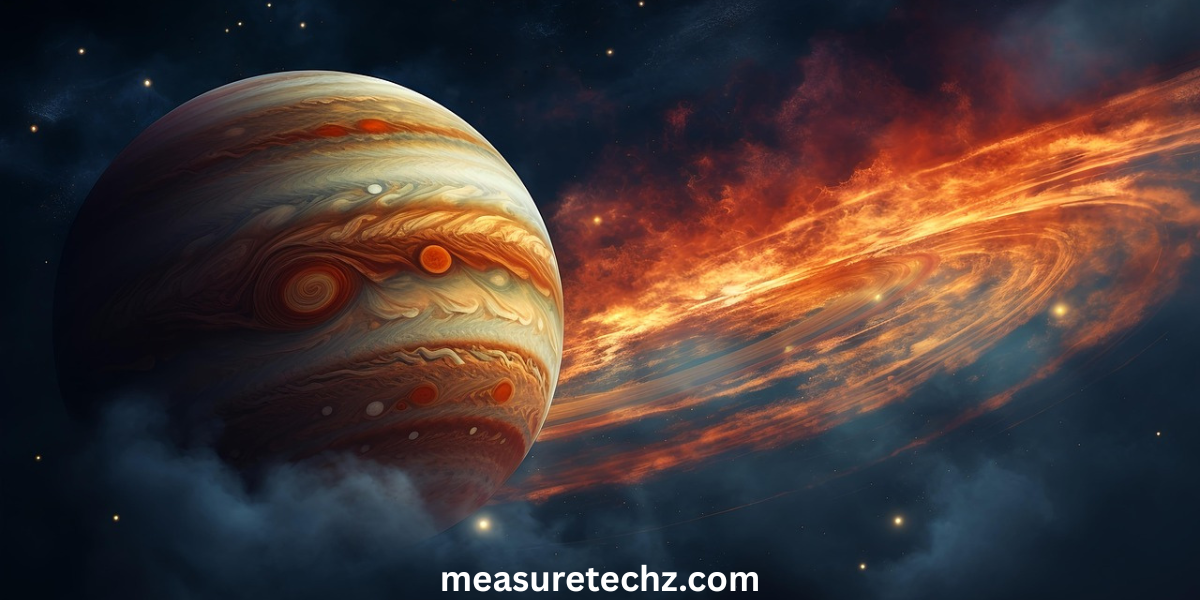Have you ever looked up at the night sky and wondered how long it would take to reach Jupiter? As the largest planet in our solar system, Jupiter has fascinated scientists, astronomers, and space enthusiasts for centuries. With its swirling storms, dozens of moons, and powerful magnetic field, it’s no wonder this gas giant is a top destination for space missions.
How long does it take to get to Jupiter about 5 to 6 years for a spacecraft, depending on how fast it’s going and the path it takes. The travel time also depends on whether the mission is just flying by or planning to go into orbit around the planet.
In this article, we’ll explore how long it takes to get to Jupiter, what factors influence travel time, and the history of spacecraft that have made the journey. Whether you’re a curious student, a budding astronomer, or just someone who dreams of space travel, you’ll come away with a clear understanding of what it takes to reach this distant world.
How Far Is Jupiter From Earth?

Before answering how long it takes to get to Jupiter, it helps to understand the distance involved.
- Average Distance: About 484 million miles (778 million kilometers) from Earth.
- Closest Approach (Opposition): Approximately 365 million miles (588 million kilometers).
- Farthest Distance (Conjunction): Around 601 million miles (968 million kilometers).
Because both Earth and Jupiter orbit the Sun, the distance between them changes constantly depending on their positions in orbit.
How Long Does It Take to Get to Jupiter?
There’s no one-size-fits-all answer because the time it takes depends on several key factors:
1. Type of Spacecraft
- Faster spacecraft reach Jupiter more quickly. Some missions are flybys, while others orbit or land probes on its moons.
2. Launch Window
- The best time to launch is when Earth and Jupiter are aligned favorably about every 13 months.
3. Path Taken
- Some missions use gravity assists using other planets’ gravity to speed up the journey.
Real-Life Examples: Travel Times to Jupiter
Here’s a look at actual missions and how long they took to reach Jupiter:
| Mission Name | Launch Year | Time to Reach Jupiter | Mission Type |
|---|---|---|---|
| Pioneer 10 | 1972 | ~21 months | Flyby |
| Voyager 1 | 1977 | ~13 months | Flyby |
| Galileo | 1989 | ~6 years | Orbiter |
| Cassini | 1997 | ~6 years (flyby) | Saturn-bound |
| New Horizons | 2006 | ~13 months (flyby) | Pluto-bound |
| Juno | 2011 | ~5 years | Orbiter (currently active) |
As you can see, travel time can vary from just over a year to several years depending on the mission design.
Fastest Mission to Jupiter
Voyager 1 holds the record for one of the fastest trips to Jupiter just 13 months. It didn’t stop at Jupiter, though. It used the planet’s gravity to sling itself toward Saturn and beyond.
New Horizons, on its way to Pluto, also made a brief stop at Jupiter in just 13 months, thanks to its high-speed launch and a direct path.
Why Do Some Missions Take Longer?
Not all spacecraft take the shortest route. Some missions (like Galileo and Juno) take a longer path for strategic reasons:
- Fuel Efficiency: Gravity assists help conserve fuel.
- Scientific Goals: Some spacecraft collect data from other planets on the way.
- Orbital Insertion: Slowing down to enter Jupiter’s orbit takes time and precision.
How Fast Do Spacecraft Travel to Jupiter?
Speeds vary depending on mission type and propulsion system. Here’s a general idea:
- Launch Speed from Earth: ~25,000 mph (40,000 km/h)
- Cruising Speed in Space: ~35,000 to 50,000 mph (56,000 to 80,000 km/h)
Faster speeds reduce travel time, but it’s not just about speed it’s about trajectory, timing, and fuel.
Could Humans Travel to Jupiter?
While robots have made the journey, human travel to Jupiter is still a dream. Here’s why:
Challenges:
- Extreme Distance: A one-way trip could take years.
- Radiation: Jupiter has intense radiation belts that would be dangerous to humans.
- No Solid Surface: As a gas giant, Jupiter isn’t land able though its moons, like Europa or Ganymede, could be future targets.
Future Possibilities:
- NASA and private space companies are researching advanced propulsion, like nuclear thermal engines, that could shorten trip times.
- Crewed missions to Mars could pave the way for deeper space travel, eventually reaching Jupiter’s moons.
Key Factors That Affect Travel Time to Jupiter
To summarize, here are the main factors that determine how long it takes to get to Jupiter:
- Spacecraft speed
- Launch timing and planetary alignment
- Use of gravity assists
- Mission goals (flyby vs orbiter)
- Propulsion technology
FAQs About Traveling to Jupiter
Q: Can a spaceship go straight to Jupiter?
- A: Not usually. Most missions use gravity assists or follow curved paths to save fuel and optimize travel time.
Q: How long would it take with today’s technology?
- A: Anywhere from 13 months to 6 years, depending on mission design.
Q: Could we get there faster in the future?
- A: Yes, with new propulsion systems like ion drives, nuclear propulsion, or even light sails.
Q: Has any spacecraft landed on Jupiter?
- A: No. Jupiter is a gas giant with no solid surface. However, probes like Galileo’s descent probe have entered its atmosphere briefly before being crushed by pressure.
Real-World Analogy: Distance You Can Relate To
If Earth and Jupiter were placed on a football field, Earth would be at the goal line, and Jupiter would be nearly 100 yards away. Driving there in a car at highway speed would take over 650 years!
Tips for Aspiring Space Explorers
- Stay Updated: Follow NASA, ESA, and private space companies for mission news.
- Study STEM: A strong foundation in science, technology, engineering, and math can help you become part of future space missions.
- Explore Simulations: Try apps like Kerbal Space Program to understand orbital mechanics.
Conclusion: Reaching Jupiter A Mix of Speed, Science, and Strategy
So, how long does it take to get to Jupiter? The answer is: it depends. Missions like Voyager 1 and New Horizons reached Jupiter in just over a year, while others like Juno and Galileo took several years using clever flight paths.
Getting to Jupiter is not just about speed. It’s about smart planning, the right technology, and a deep understanding of space. As technology improves, future missions may get there even faster and who knows, maybe one day, humans will too.

